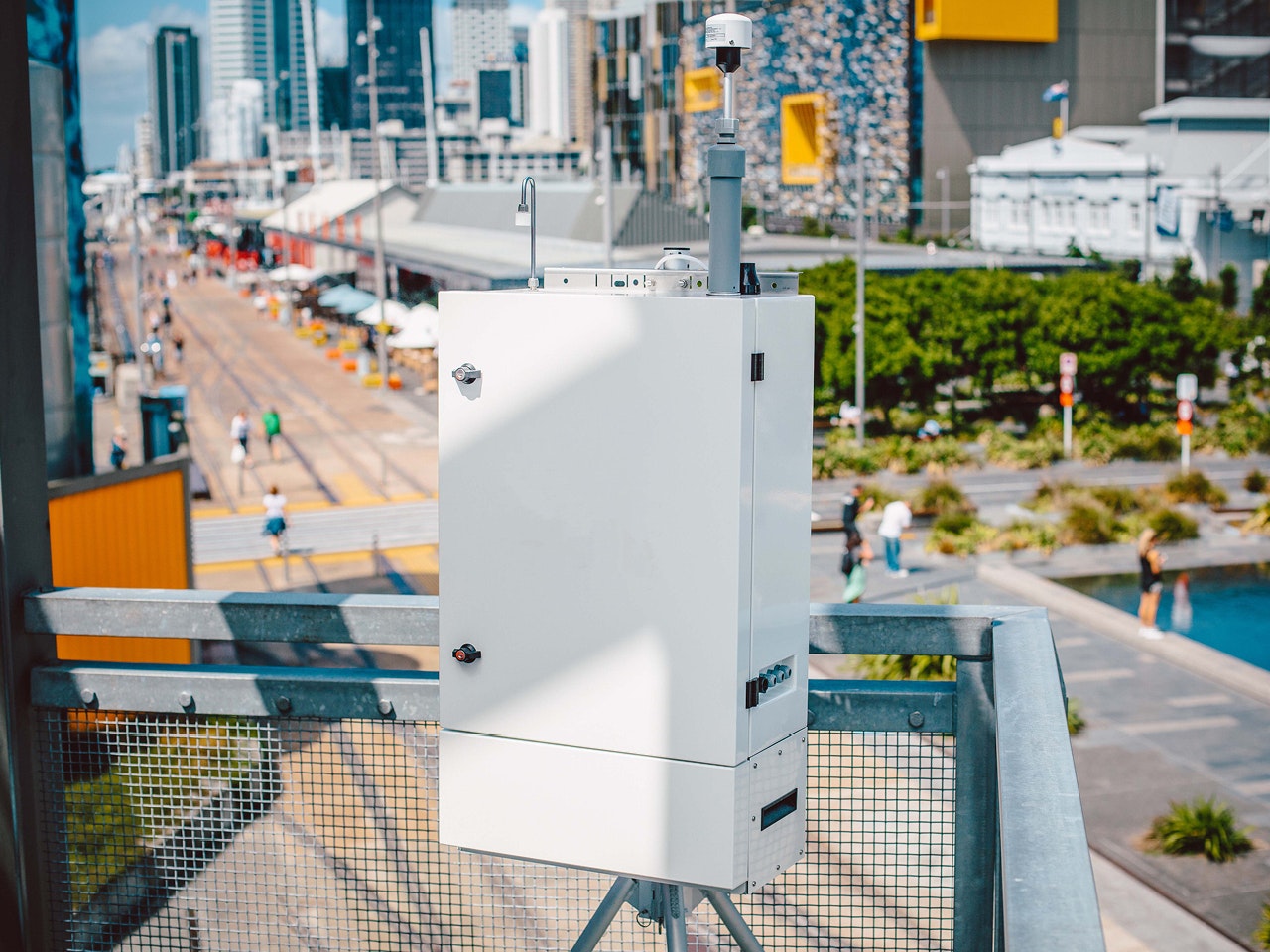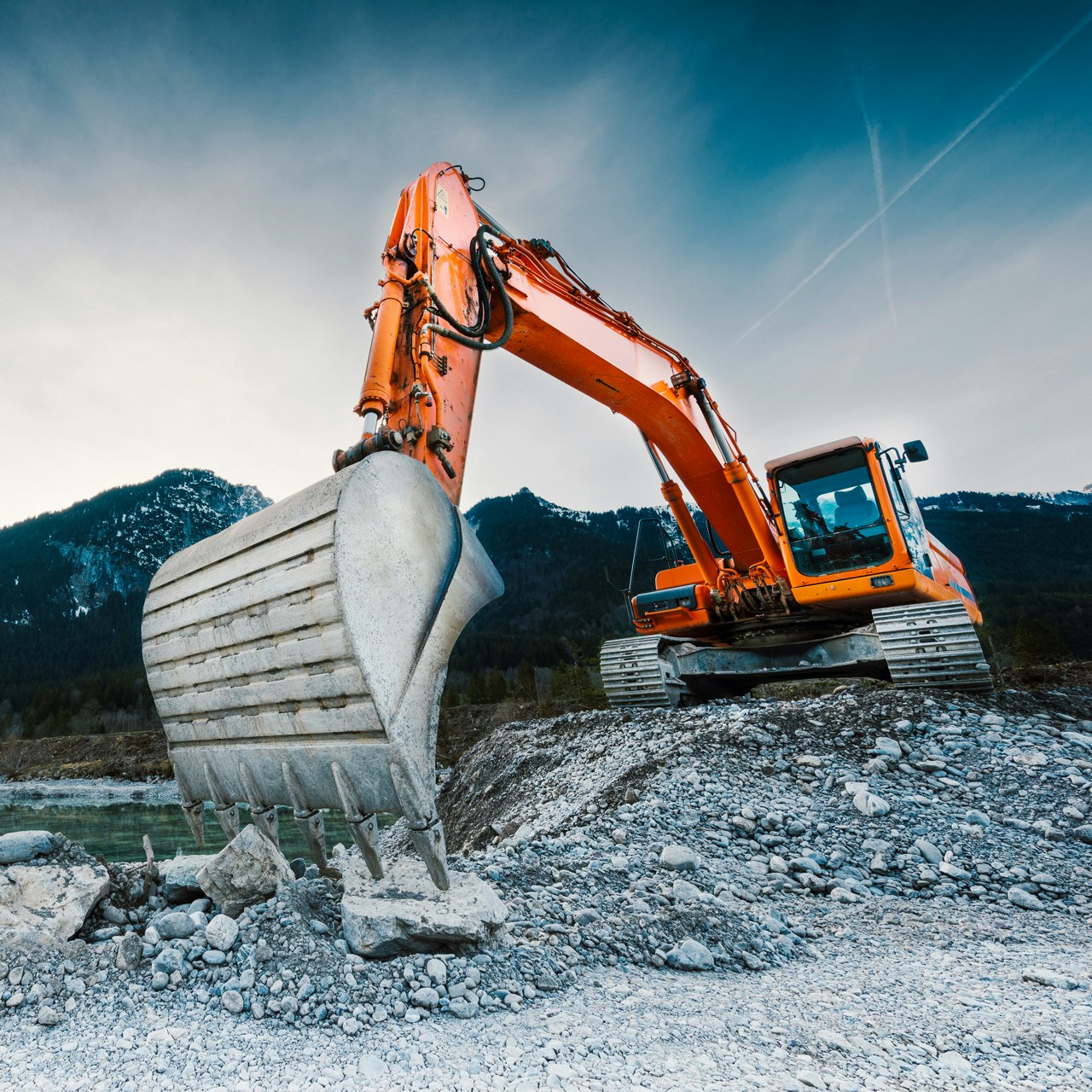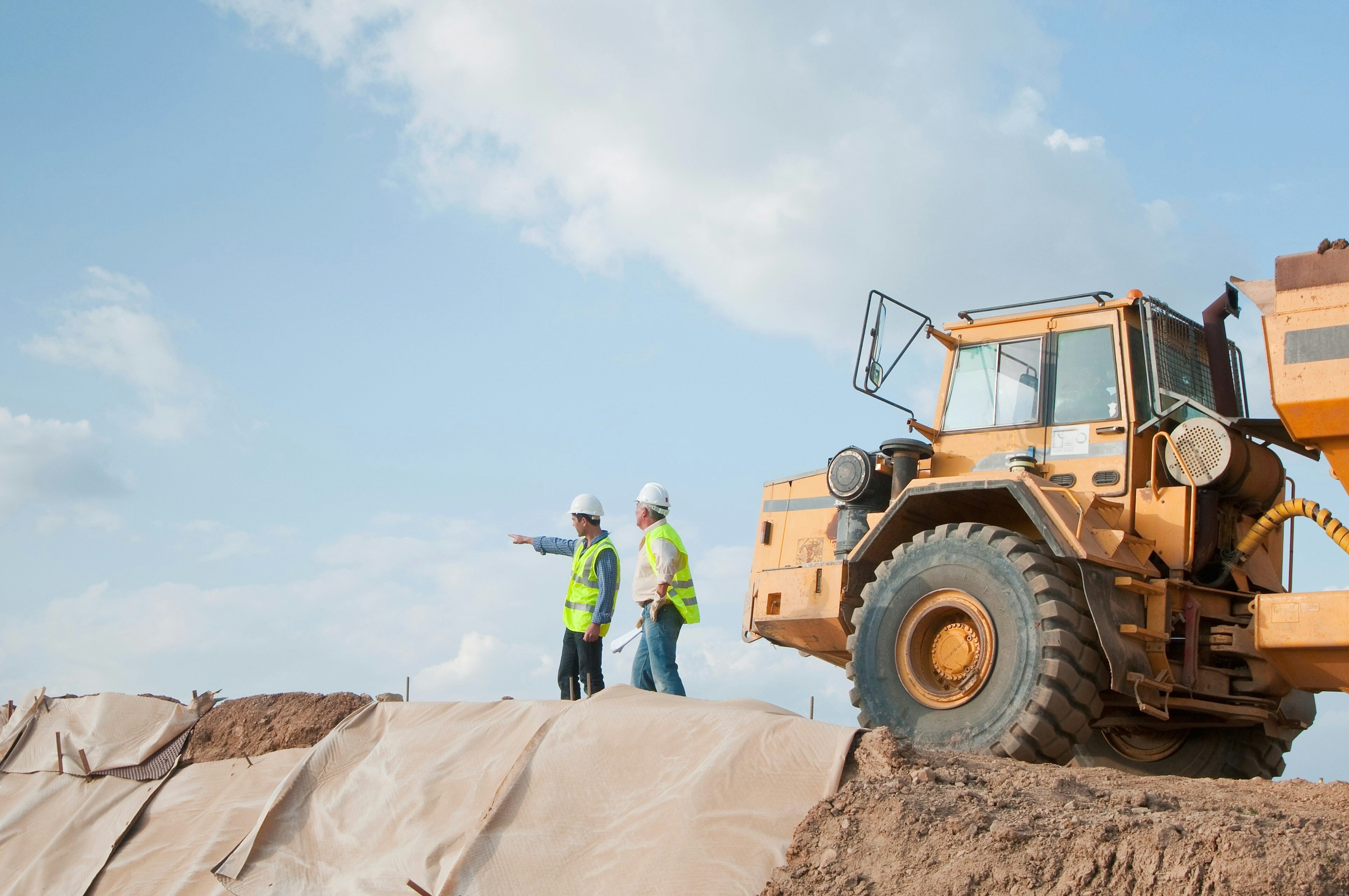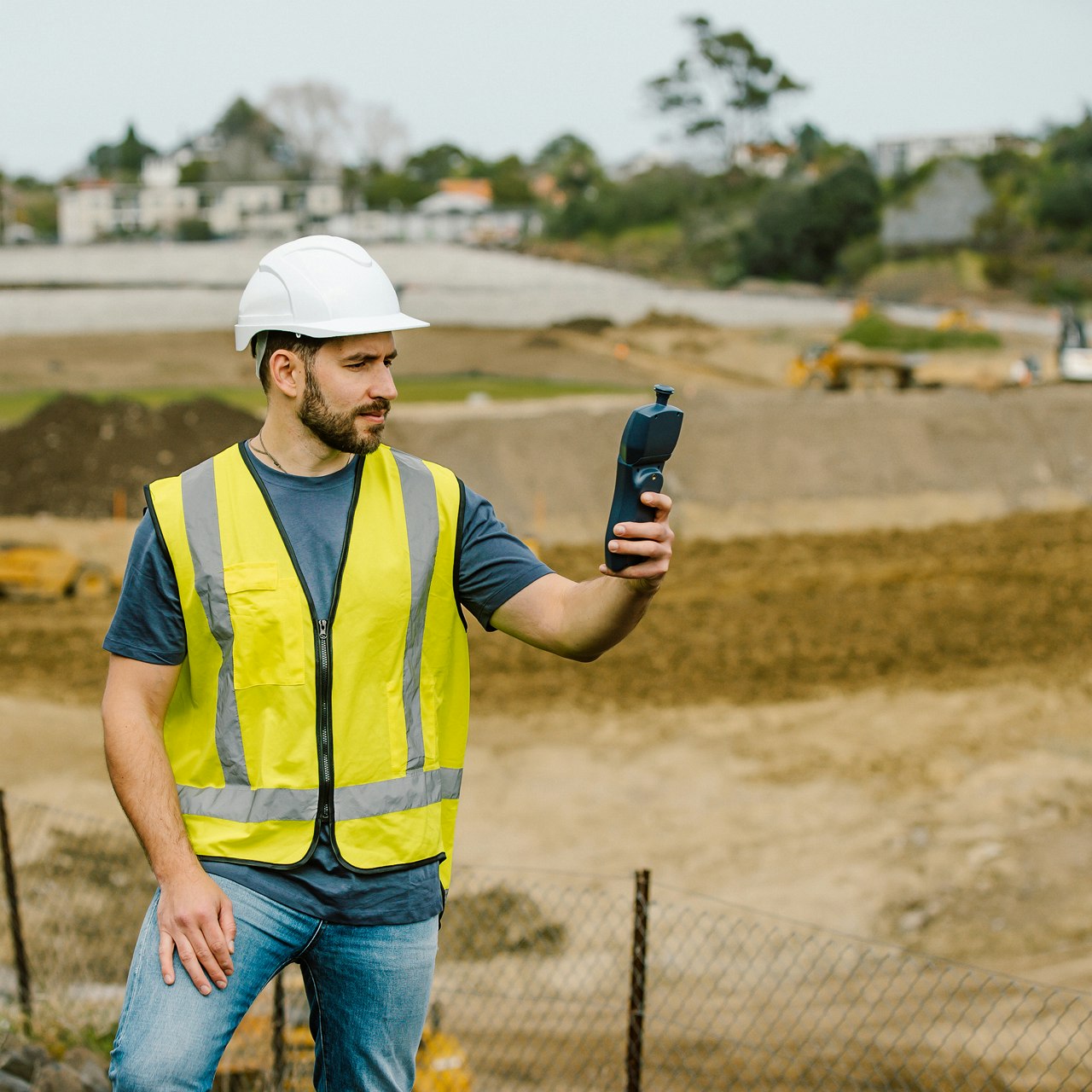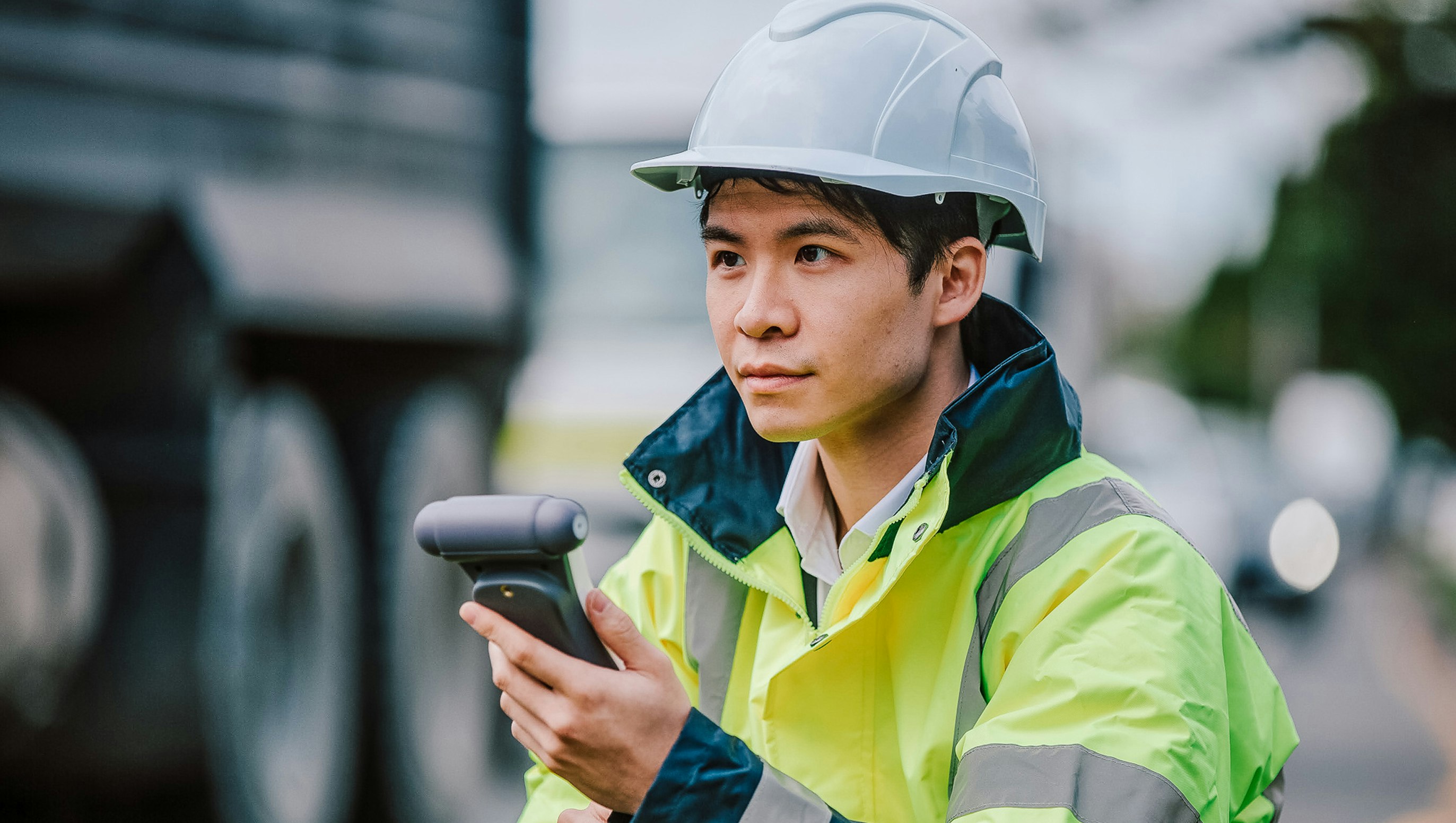Blog
Air pollution in schools – how air quality monitoring can be used to protect and educate
Article Details
Last Updated
14 September 2025
Published
15 December 2017
Category
Community
Air pollution in schools has been in the news a lot lately. The news is both good and bad.
Let’s start with the bad news, just to get it out of the way.
Air pollution in schools – the bad news
Reports from the WHO and UNICEF site studies that show air pollution hits children harder than adults. The following excerpt from the WHO report makes the case clear:
The evidence also shows a relationship between exposure to ambient air pollutants and adverse effects on the development of lung function. Reversible lung function deficits, chronically reduced lung growth rates and lower lung function levels are associated with exposure to air pollution. Moreover, the evidence shows clearer relationships for particulate matter and traffic-related air pollution (indicated by nitrogen dioxide) than for other pollutants. Based on current knowledge, air pollutants seem to interact with other environmental factors, such as allergens, viruses and diet, that influence the overall impact of air pollutants on children’s health.
Children spend up to 40 hours a week in school or in childcare facilities. Put another way, that’s almost 50% of the time they spend awake. So it’s little wonder that parents are eager to understand what steps teachers and administrators are taking to 1) quantify the problem, and 2) manage the effects.
Part of the problem is the location of most schools. Urban schools at least are often located near major roads – so they are easy for a majority of the school population to access. According to one study 17,000 schools in rural and urban areas across the U.S. are located within 250 meters (~820 feet) of a heavily traveled road.
Perhaps unsurprisingly the United States Environmental Protection Agency has issued guidelines for siting schools. California Air Resources Board (CARB) says that no school should be built within 500 feet of a major roadway.
This is great for schools that are yet to be built. But most schools were built long ago and the city has intensified around them, resulting in an increase in traffic and traffic-related pollution.
As awareness of air pollution and its effects particularly on children grows, so too does the pressure on schools to come up with an effective and co-ordinated response. The first and most logical place to start is measurement through effective community air quality monitoring projects.
You can’t manage what you don’t measure
Schools and childcare centers come in different shapes and sizes – big or small, some more urban than others, some are on hillsides, some in valleys, near or far from freeways (a.k.a. motorways), some maybe close to industrial pollution sources like power stations. As a result there is no way to know what the air quality is like without measuring it.
Some schools rely on air quality information supplied by government-operated air quality monitoring stations. But this is problematic for a number of reasons:
- Some cities don’t have any!
- Those that do often don’t have enough – LA has one station for every 800,000 people, for example
- The stations are often far away and not representative
- They don’t pick up local pollution sources
- They don’t account for micro climate effects e.g. strong winds carrying dust from a nearby pollution source
- They provide one hour averaged data which can miss shorter events e.g. elevated pollution during school drop-offs
- The stations are huge and hugely expensive so building more is the last thing the government wants to do (until recently the UK government was actively considering reducing their number).
Therefore relying on government-produced air quality information may result in one of two things: A) it understates the problem for the school, or B) it overstates the problem for the school.
Either way the sensible thing to do is to carry out your own checks. This can be done cost effectively thanks to monitors like those made by Aeroqual. These monitors are designed to be easy to use yet are built on solid science and trusted by experts like the US EPA, even NASA.
Air pollution in schools – good news?
The good news is that air pollution can be turned into an education opportunity. Check out this video to see what we mean.
Understanding air pollution combines a couple of things most schools want to see more of in their curriculum: STEMs subjects (Science, Technology, Engineering and Mathematics), and environmental stewardship.
Understanding air pollution in the first place requires some basic understanding of chemistry and atmospheric science. It raises questions such as:
- Where does air pollution come from?
- What effect does it have on our bodies?
- What are the main pollutants in the air?
- What effect does the wind have?
- What are some place with really good air, and (everybody’s favorite)
- Where is air the worst?
Kids can then take this knowledge home to their parents who often don’t have this knowledge themselves. This helps to raise awareness in the community and encourage small actions which added together can have a big impact.
The equipment used to measure air quality is by nature scientific, designed to measure tiny amounts of pollutant particles in the air. Some monitors can measure down to part per billion levels. Using such equipment is a great opportunity to get children (OK maybe not the really little ones) hands on with scientific tools. Taking equipment into the field provides an opportunity to get children out into the fresh air.
Looking at the numbers on the screen gets children thinking about maths. Numbers above a certain level are bad; numbers below a certain level are good. What is a part per million? How much is a microgram per cubic metre?
Once the measurements have been taken, students can take the monitors back to the classroom to download the numbers. This brings into play computer skills. Data can then be charted and interpreted – important skills to have in our increasingly data-driven society.
Teaching children about air pollution helps them to realise that the environment is central to life on earth. The air is a resource that we share and must be taken care off. What we do here can affect the lives of people over there. These concepts encourage a sense of shared responsibility and hopefully empower children to accept that responsibility.
More good news
There is plenty that can be done. The National Education Union and British Lung Foundation have teamed up to provide schools with guidance. The US EPA has issued guidance for schools as mentioned in this post.
We’ll follow up with soon with another blog post on the practical steps schools can take to manage air quality.
Our key point is that schools: 1) have a responsibility to protect the health and safety of their children, and 2) can turn it into an opportunity to educate children, teachers, and parents alike.
If you’re interested, please check out some of the tools (portable and fixed monitors) we provide that enable schools to monitor the quality of the air. Cost effective, scientifically robust, and available everywhere.
Thanks for reading! Feel free to share.
Related products
School air monitoring made easy
Protect community health and educate students with a real-time air quality monitoring solution.




